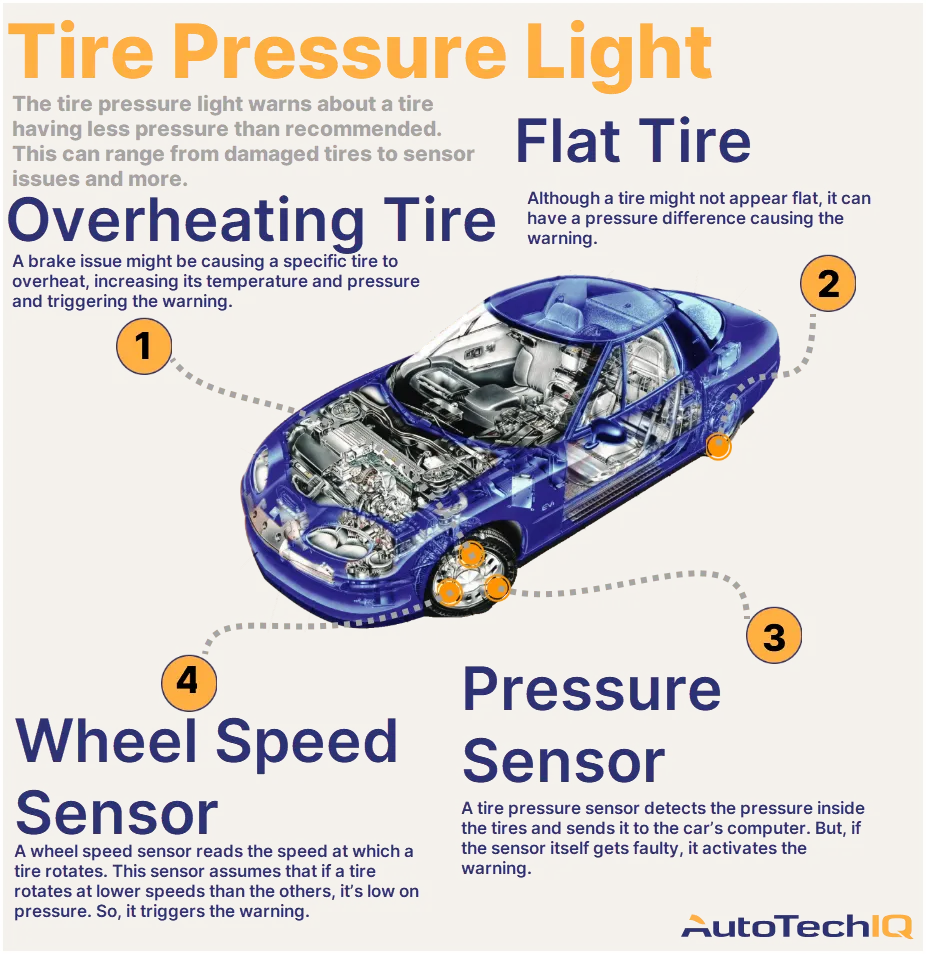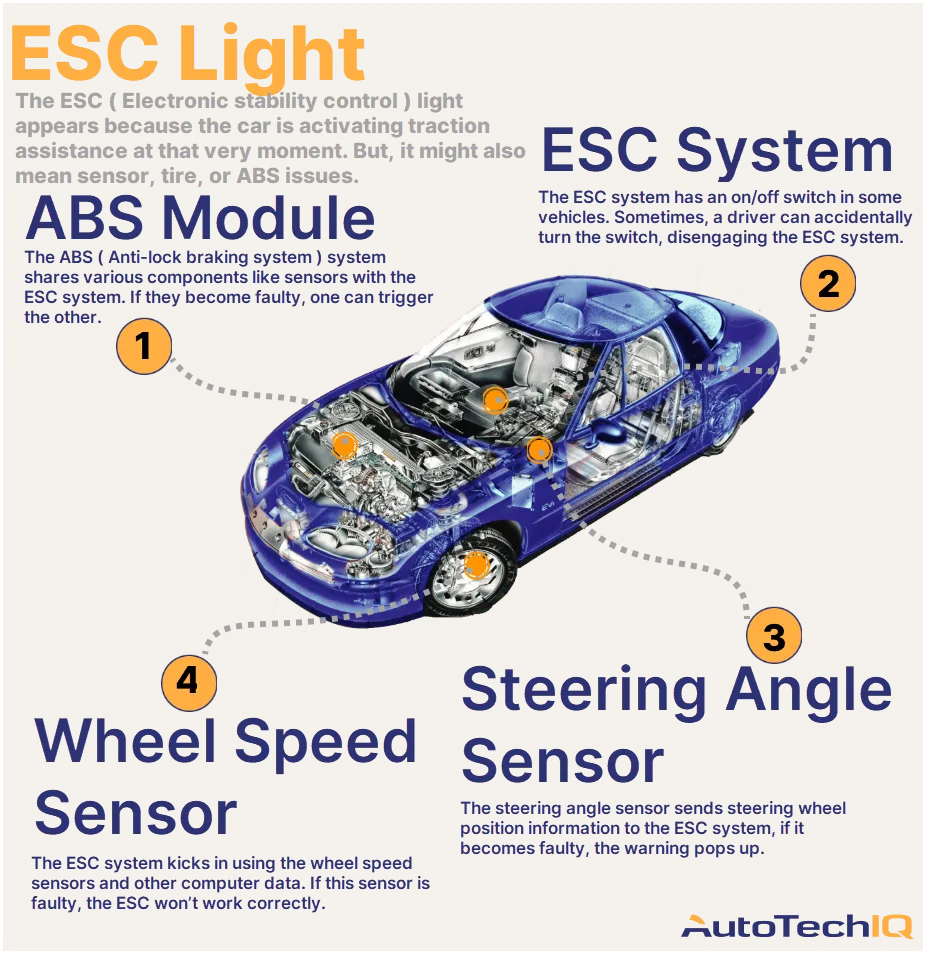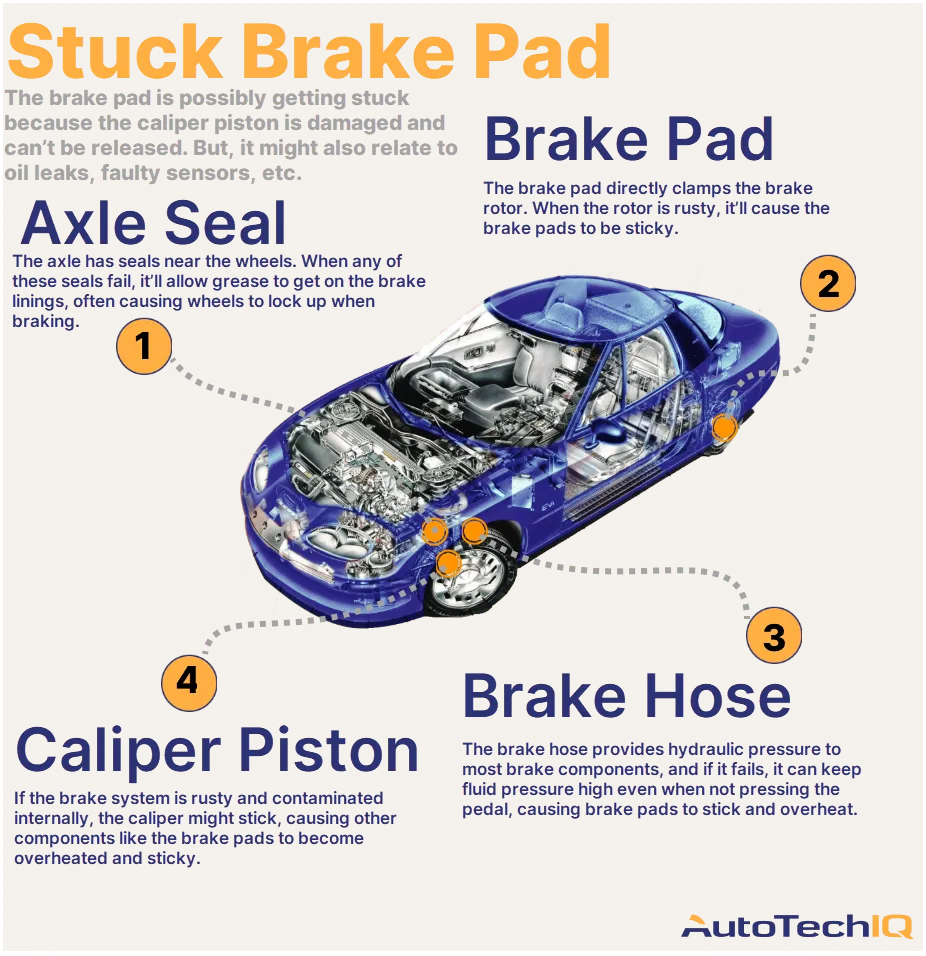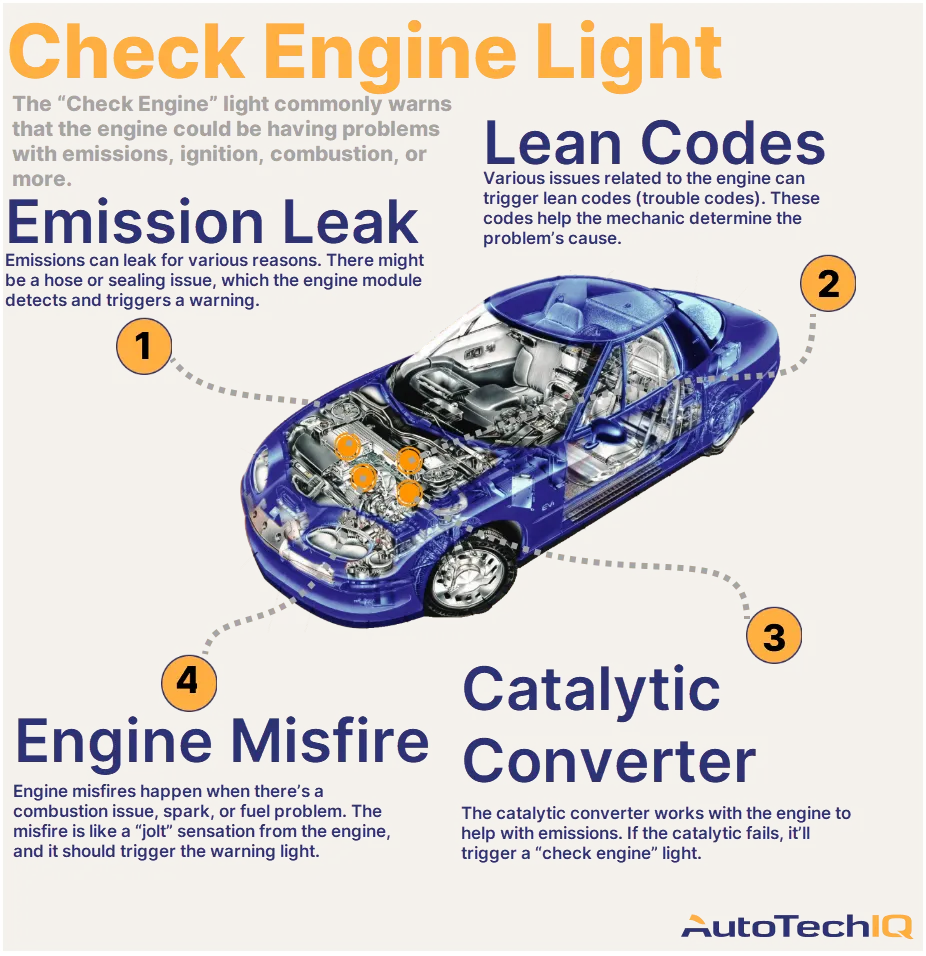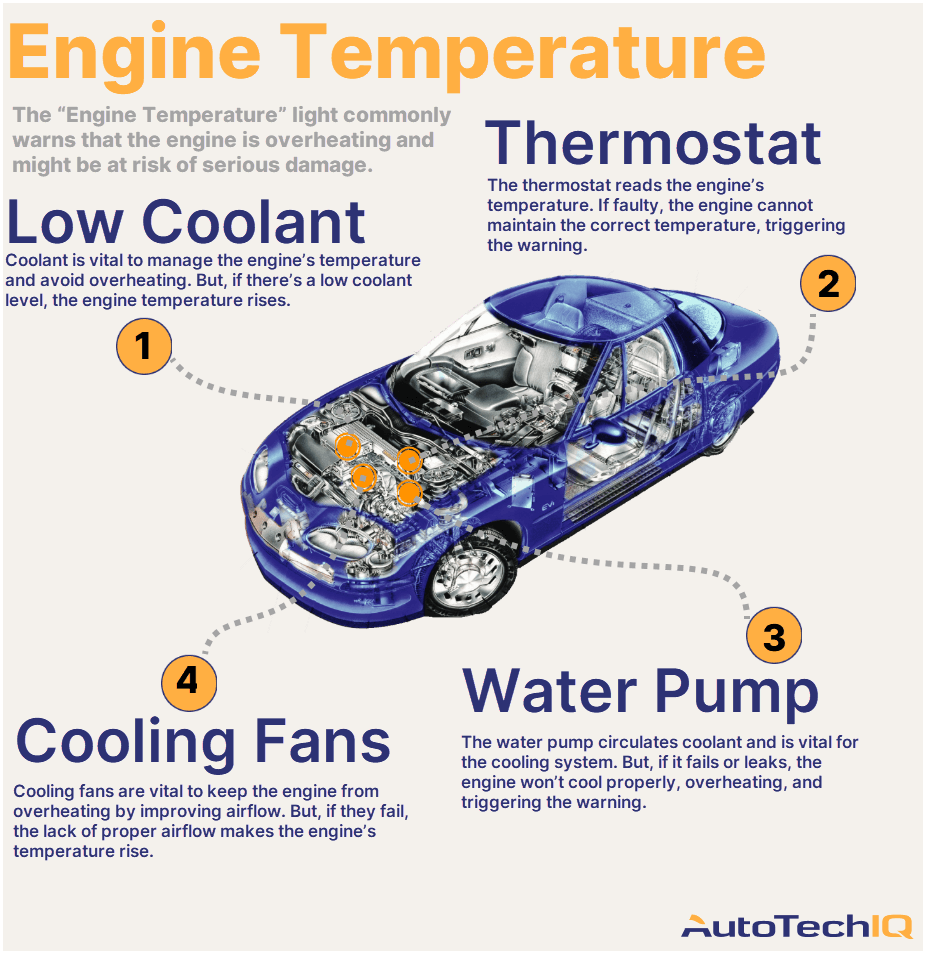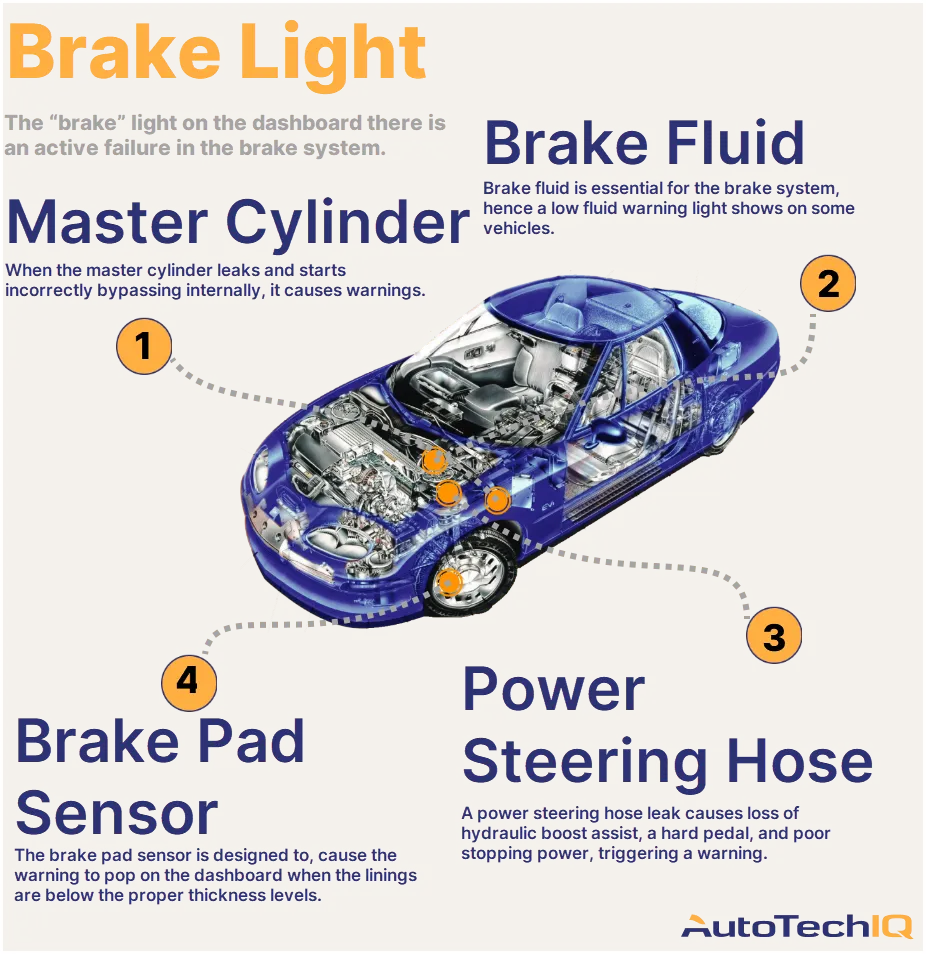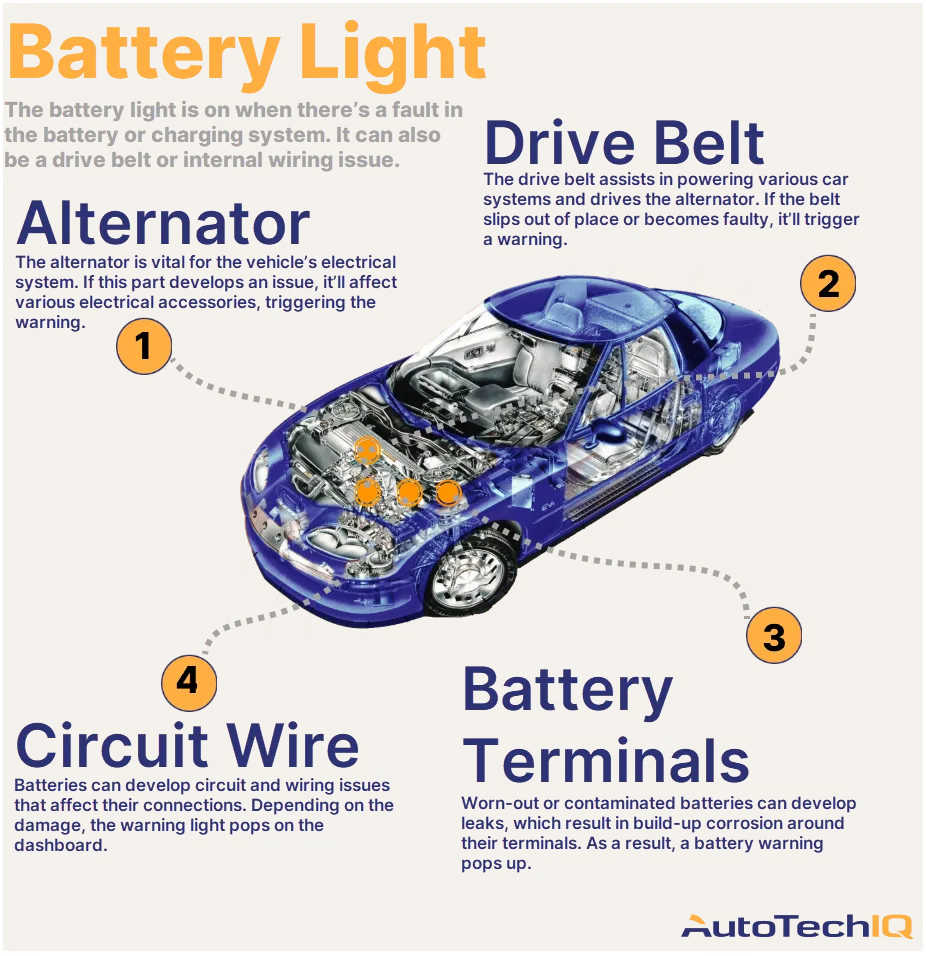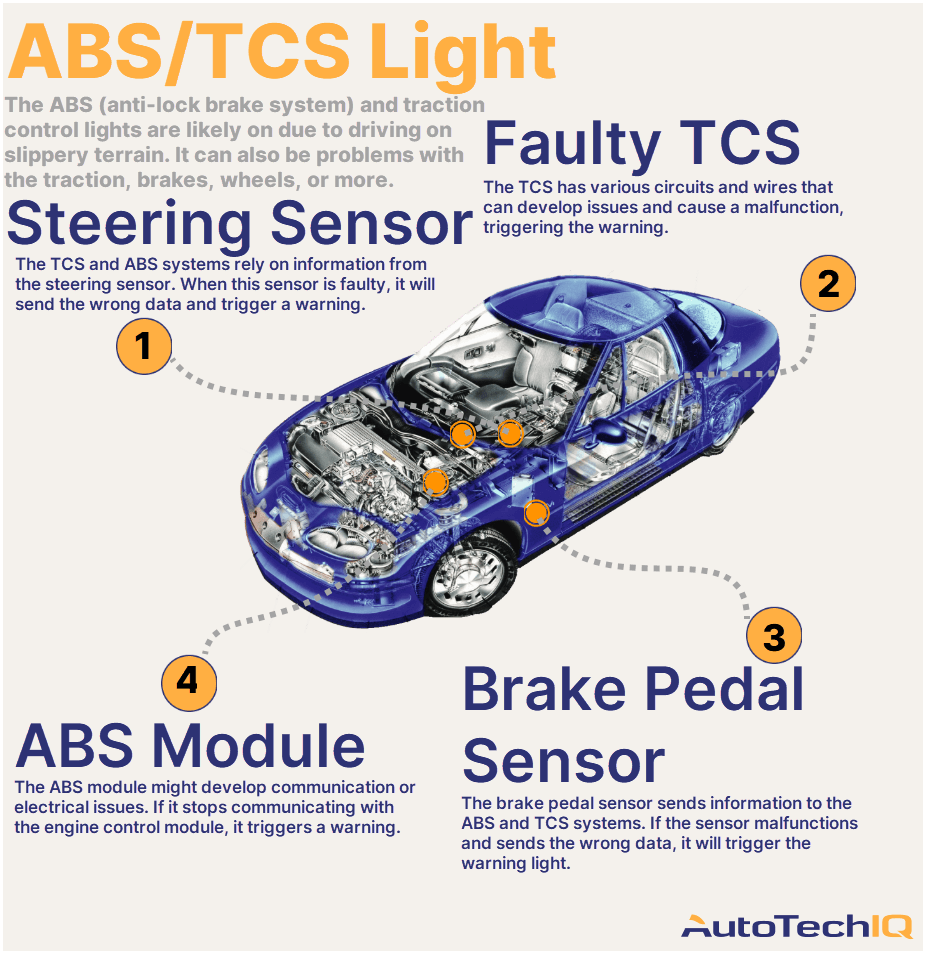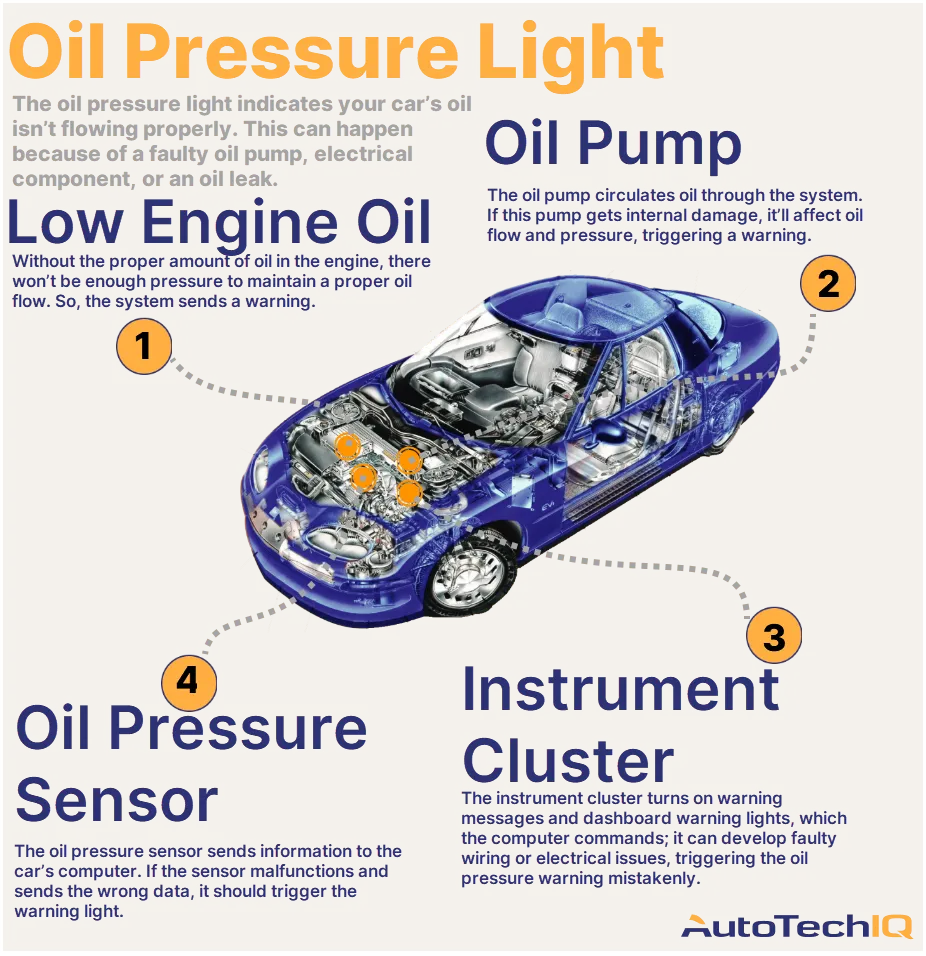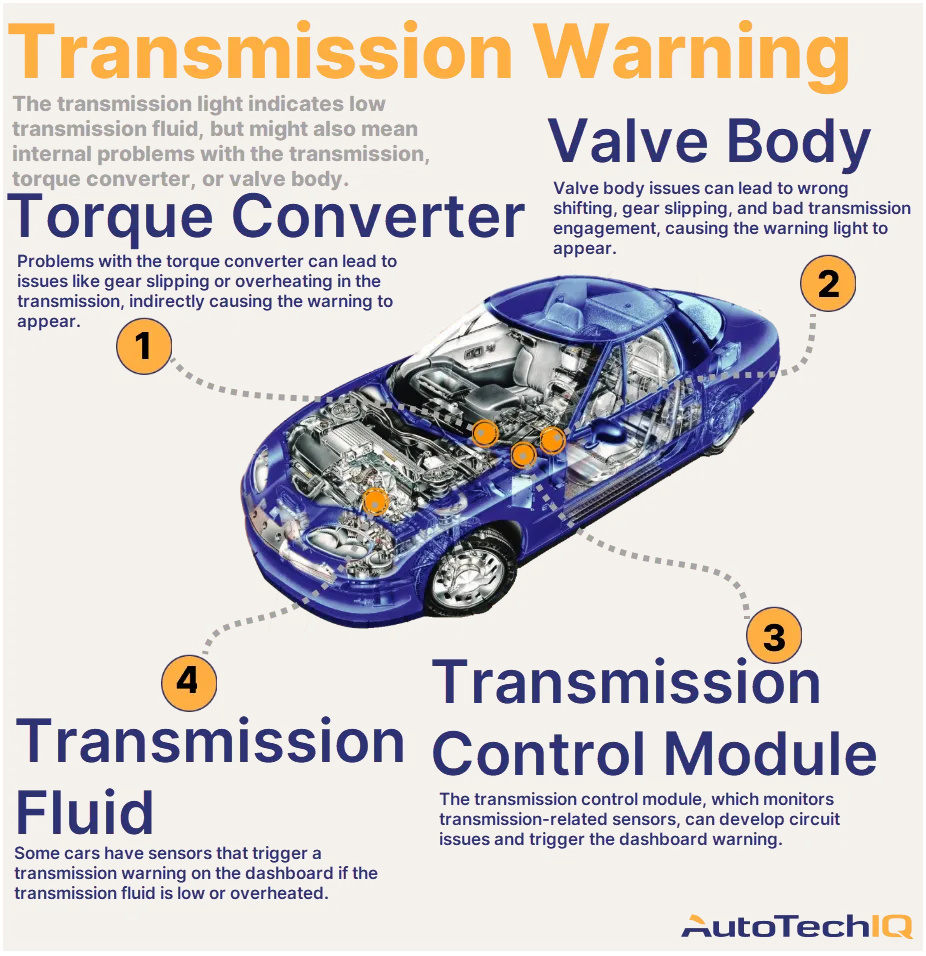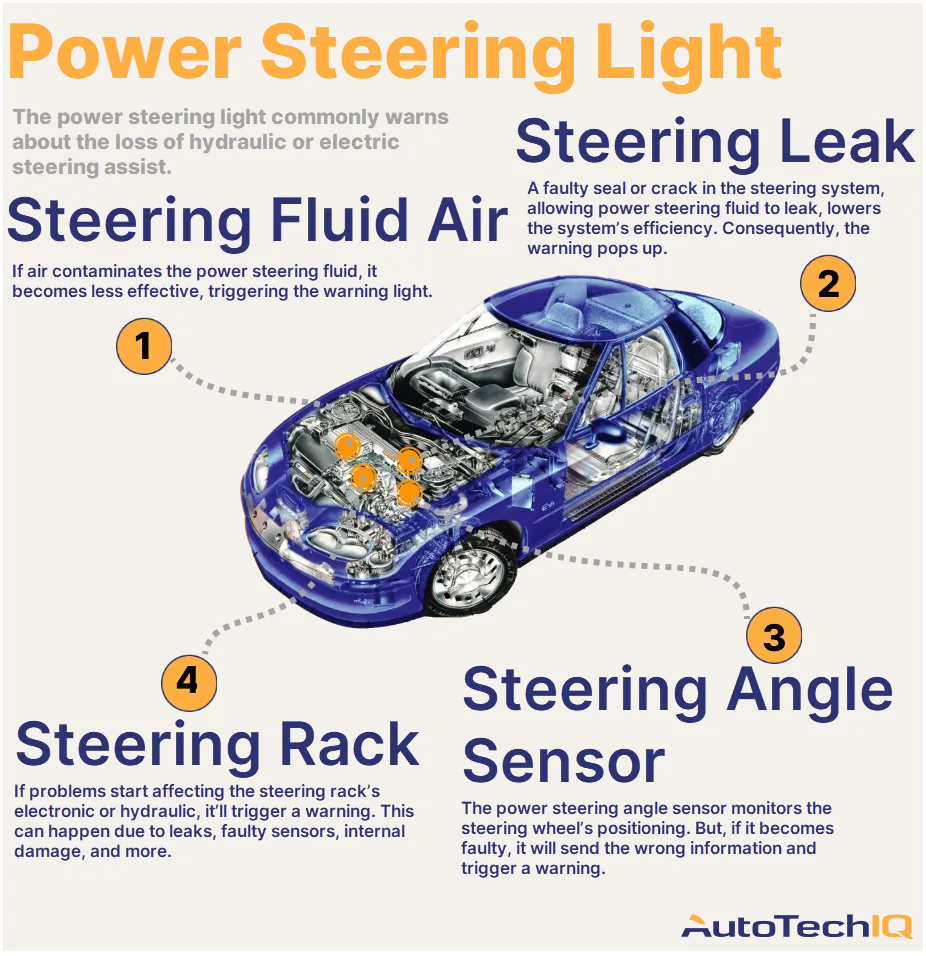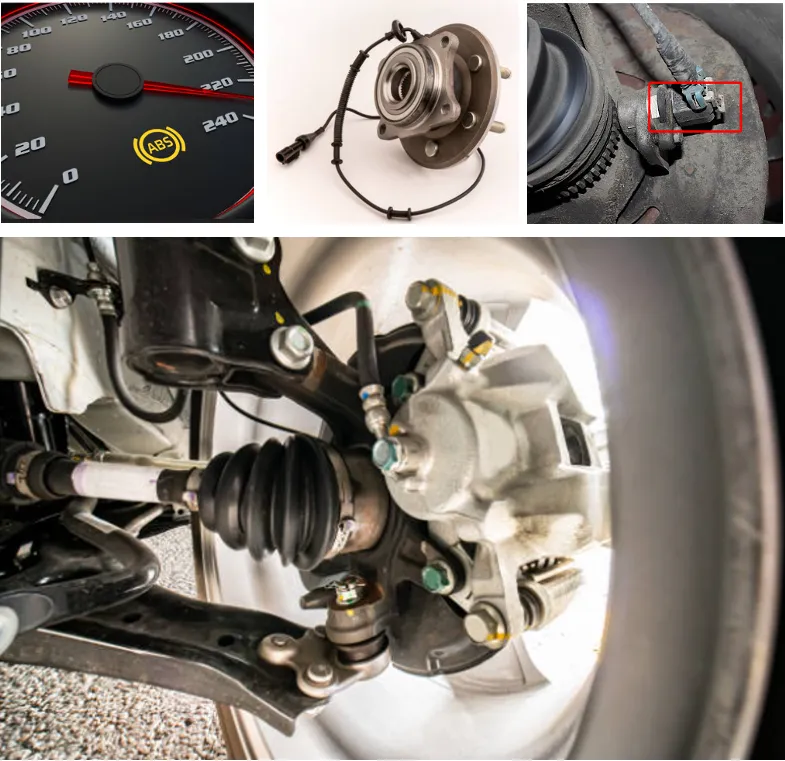
Wheel speed sensors are often referred to as Anti-lock Braking System sensors, as they were first used in vehicles equipped with this system.
Working Principle of the Sensors
Impulse sensors are firmly fixed on the hub of every wheel or on the drive shaft. The gap between the stationary sensor and the rotating part is up to 5/64 inches, as designed by the vehicle's construction. The rotation of the wheel leads to a change in the magnetic flux, and signals from the sensors are sent to the Anti-lock Braking System unit, thereby measuring the speed of each wheel.
Anti-lock Braking System sensors are divided into two groups:
- Passive sensors are less accurate, but sufficient for the normal operation of the anti-lock braking system. The downsides include the inability to determine wheel rotation speed when the vehicle is moving at speeds less than 3-5mph. The advantages include the simplicity of the device and its durability.
- Active sensors are further divided into Hall sensors and magnetoresistive sensors. The latter detect both the speed and direction of the wheel's rotation. The main advantages of these sensors are their high measurement accuracy and reliability.
Reasons and Consequences of Sensor Malfunction
Most often, sensors fail due to oxidation of contacts, wire breaks connecting the sensors to the electronic control unit, and these breaks primarily occur near the connectors. The sensor begins to malfunction intermittently when the integrity of the cogged wheel is compromised.
Signs of a malfunction that require you to contact a repair shop:
- The Anti-lock Braking System warning light comes on;
- Delayed response from the brake pedal;
- Need to apply excessive force to the brake pedal;
- Brakes locking up.
Go out to a flat road and check the brakes' behavior. If they act erratically, engage at inappropriate times, or the braking force doesn't match the pedal pressure, there might be a defect in one of the ABS components. However, if the ABS warning light is constantly on, the driver should inspect the system's sensors. It's best to visit a certified auto service center for diagnostics and repairs. Reading ABS errors with a standard car scanner typically doesn't yield results. Specialized diagnostic equipment and tools available at auto service centers are required. The sensors' condition can be determined without removing them from the car. To extend the sensor's life, it's essential to have regular professional maintenance, and consult specialists at the first signs of malfunction. The sensor itself is conditionally repairable. We don't recommend rewinding a new coil or restoring the casing and gear/magnetic ring integrity. Instead, replace it with a new sensor.
Wheel speed sensor replacement involves the following steps:
- The sensor mounting area is cleaned,
- The wheel speed sensor is replaced. It's also essential to ensure the sensor's cable is correctly routed and secured. Adherence to the vehicle manufacturer's torque specifications is crucial.
- The fault memory is read and saved faults are cleared. During vehicle diagnostics, the control unit might identify additional faults. They should be cleared before a test drive.
- To check the wheel speed signal after sensor replacement, a test drive is performed with a connected diagnostic device, and parameters are assessed.
After the test drive, fault memory is read again. As systems in the car are interconnected, a fault in the ABS might also be stored in other control units. It's advisable to query all control units and clear stored errors.
The wheel speed sensor is a delicate component.


